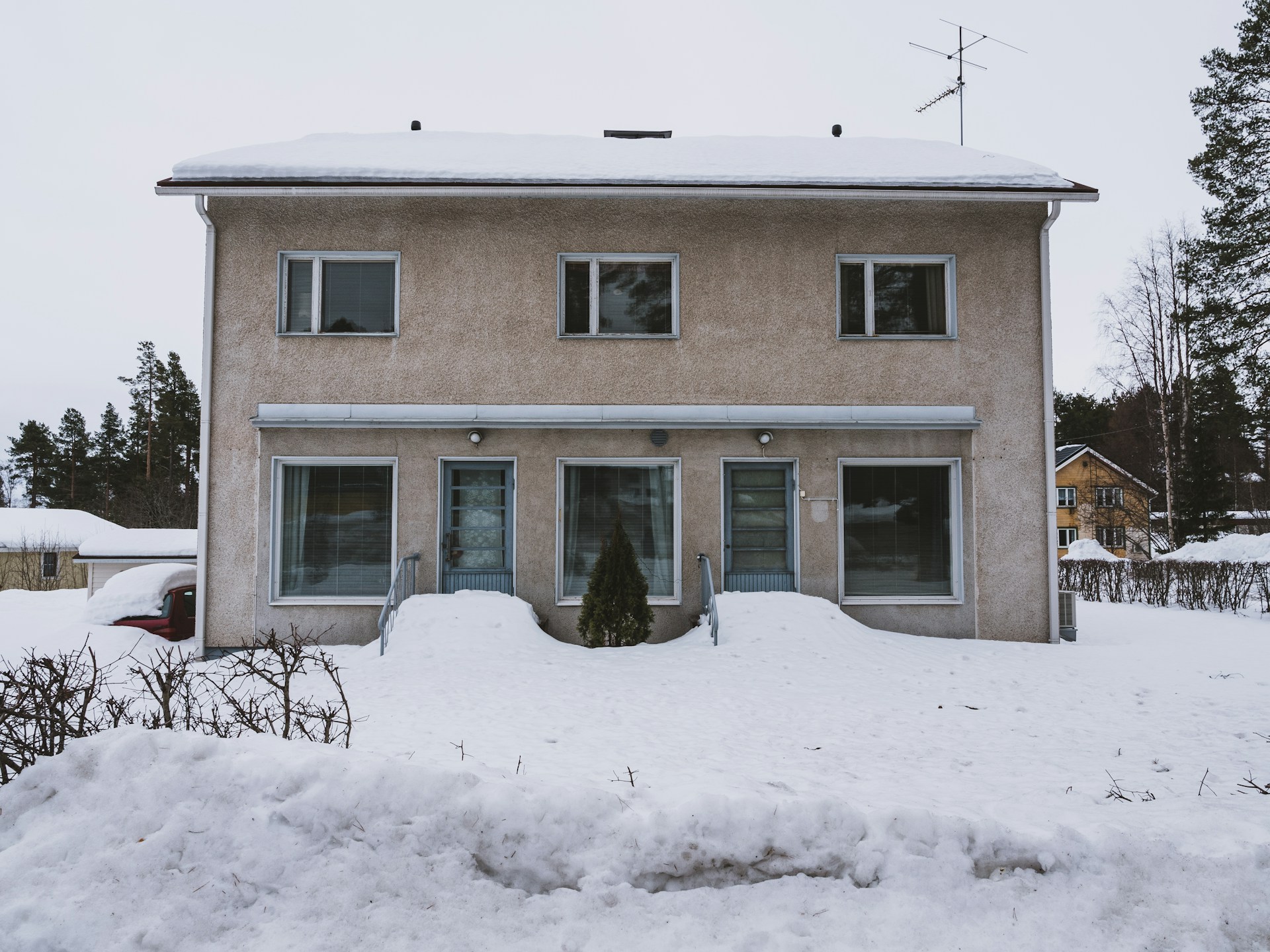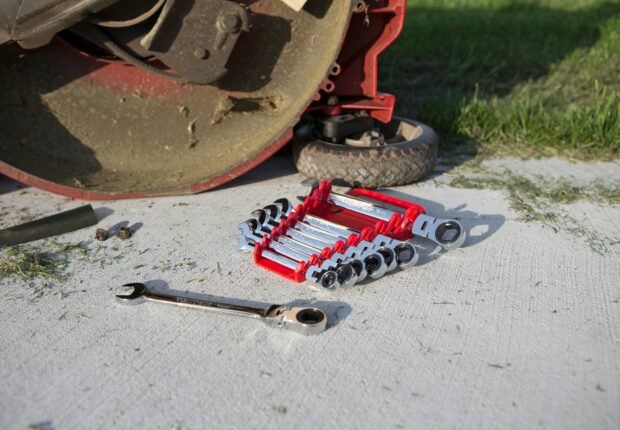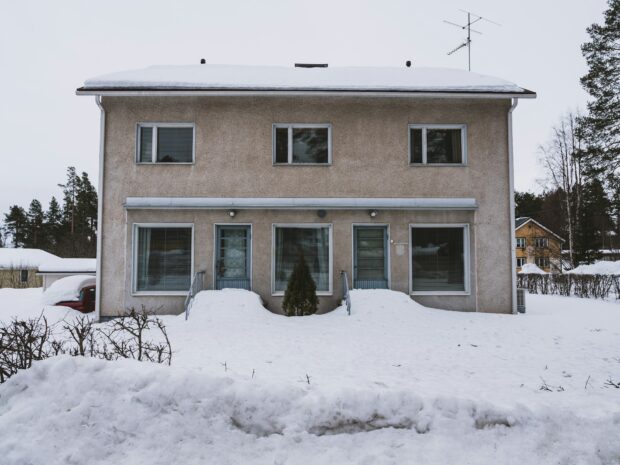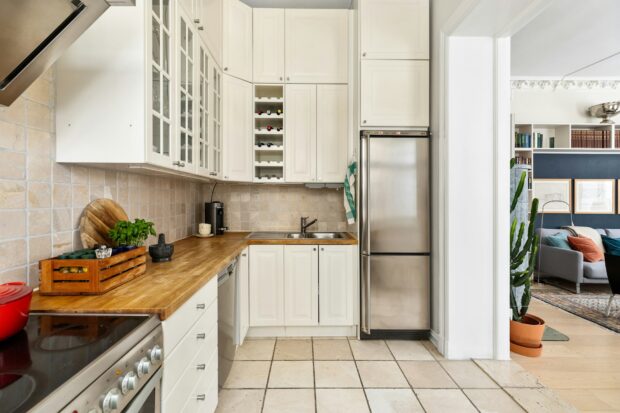
Winter brings cozy evenings by the fireplace, but it also carries the risk of costly plumbing emergencies. When temperatures drop below freezing, the water inside your pipes can freeze and expand, causing pipes to burst and potentially flood your home.
Understanding prevention strategies can save you thousands of dollars in repairs and spare you the headache of emergency repairs during the coldest months of the year.
Frozen pipes affect millions of homeowners annually, with insurance claims for water damage from burst pipes costing an average of $5,000 per incident. The good news is that most frozen pipe situations are entirely preventable with proper preparation and maintenance.
This comprehensive approach to winter plumbing protection will help you safeguard your home against freezing temperatures and maintain reliable water flow throughout the season.
Understand Your Home’s Vulnerable Areas
Identify High-Risk Pipe Locations
Certain areas of your home are more susceptible to freezing than others. Pipes located in unheated spaces pose the greatest risk during cold snaps. These areas include:
- Basements and crawl spaces
- Attics and garage areas
- Exterior walls, especially on the north side of your home
- Under kitchen and bathroom sinks near outer walls
- Outdoor spigots and hose connections
Recognize Warning Signs
Early detection can prevent minor issues from becoming major disasters. Watch for these indicators that your pipes may be approaching freezing temperatures:
- Reduced water pressure from faucets
- Strange sounds when turning on the water
- Visible frost on exposed pipes
- Unpleasant odors coming from drains
- Water that takes longer than usual to heat up
Insulate and Protect Exposed Pipes
Choose the Right Insulation Materials
Proper insulation creates a barrier between your pipes and freezing air. Several effective options are available for different situations:
- Pipe sleeves: Foam rubber or fiberglass sleeves slip over pipes easily
- Heat tape: Electric heating cables that warm pipes directly
- Newspaper: A temporary solution that provides basic insulation
- Towels and blankets: Quick emergency protection for accessible pipes
Installation Best Practices
When installing pipe insulation, ensure complete coverage without gaps. Pay special attention to joints, elbows, and connection points where pipes change direction. For outdoor spigots, consider installing freeze-proof faucets or removing and storing garden hoses before the first freeze.
Heat tape requires careful installation following the manufacturer’s instructions. Never overlap heating cables, as this can create hot spots that damage pipes or create fire hazards.
Maintain Proper Indoor Temperatures
Set Consistent Thermostat Settings
Maintaining steady indoor temperatures helps prevent sudden temperature fluctuations that can shock your plumbing system. Keep your thermostat set to at least 55°F when away from home, even for short trips during winter months.
Strategic Heating for Problem Areas
Some spaces in your home may need additional heating attention:
- Open cabinet doors under sinks to allow warm air circulation
- Use space heaters in unheated areas (following safety guidelines)
- Keep interior doors open to promote air flow
- Consider installing additional insulation in problem areas
Implement Water Flow Strategies
The Dripping Faucet Method
Allowing faucets to drip slightly during extreme cold prevents water from sitting stagnant in pipes. Moving water is much less likely to freeze than still water. Focus on faucets connected to pipes in vulnerable locations.
The drip should be steady but minimal—about one drop per second is sufficient. This small amount of water movement can make the difference between frozen pipes and functioning plumbing.
Strategic Valve Management
Know the location of your main water shutoff valve and individual fixture shutoffs. If you plan to be away during winter, consider shutting off water to vulnerable areas and draining those lines completely. For homes with wells, ensure your pressure tank and associated pipes are properly protected from freezing temperatures.
Establish Emergency Preparedness Protocols
Create a Winter Plumbing Emergency Kit
Assemble supplies before you need them:
- Pipe repair clamps and rubber patches
- Pipe cutting and joining tools
- Emergency contact information for reliable drain cleaning service providers
- Portable heaters rated for safe indoor use
- Flashlights and extra batteries
- Waterproof tarps and buckets
Develop an Action Plan
Document emergency procedures for your household:
- Location of main water shutoff
- Steps to take if pipes freeze
- Contact information for emergency plumbers
- Insurance company details and policy numbers
Practice these procedures before winter arrives so everyone in your household knows what to do during an emergency.
Monitor and Maintain Throughout Winter
Regular Inspection Schedule
Establish weekly inspection routines during cold weather periods:
- Check exposed pipes in vulnerable areas
- Test water pressure at various faucets
- Monitor temperature in unheated spaces
- Verify insulation remains in place and undamaged
Technology Integration
Modern technology offers helpful monitoring tools:
- Smart thermometers that alert you to temperature drops
- Water sensors that detect leaks immediately
- Automatic shutoff valves that activate during emergencies
- Pipe monitoring systems for comprehensive protection
Professional Maintenance Relationships
Building relationships with professional service providers before emergencies occur ensures faster response times when problems arise.
A trusted drain cleaning service can also help address any drainage issues that might complicate frozen pipe situations. Schedule annual plumbing inspections to identify potential weak points in your system before winter arrives.
Take Action This Winter Season
Protecting your home from frozen pipes requires proactive planning and consistent attention throughout the winter months. Start implementing these prevention tips before temperatures drop, as preparation becomes much more difficult once freezing weather arrives.
Focus on the most vulnerable areas of your home first, then expand your winter plumbing protection strategies to cover your entire system. Remember that small investments in insulation and preparation can prevent thousands of dollars in damage and emergency repair costs.
If you discover signs of freezing or experience reduced water flow this winter, don’t wait to address the problem. Contact a professional drain cleaning service immediately to assess the situation and provide appropriate solutions before minor issues become major disasters.








